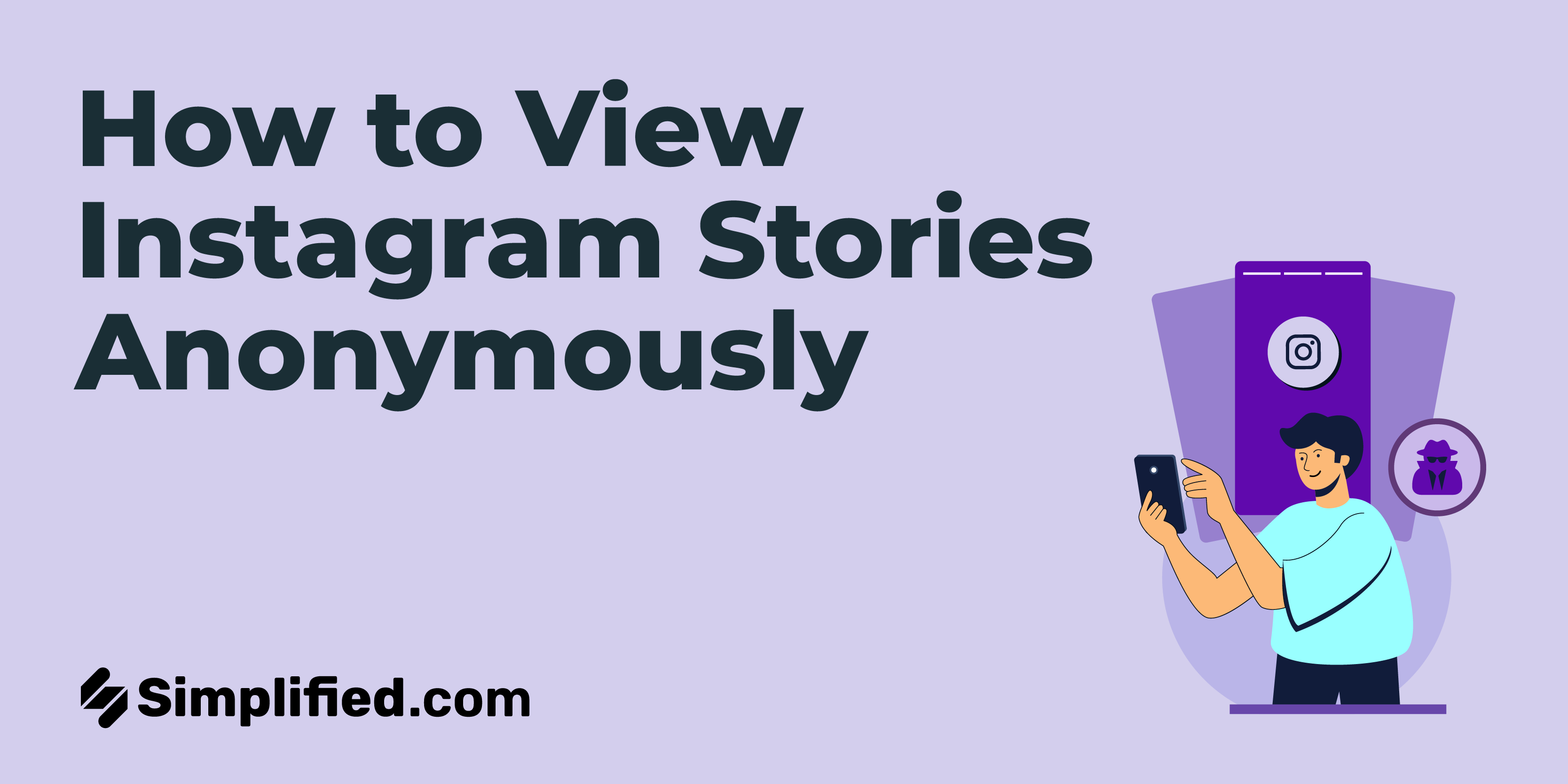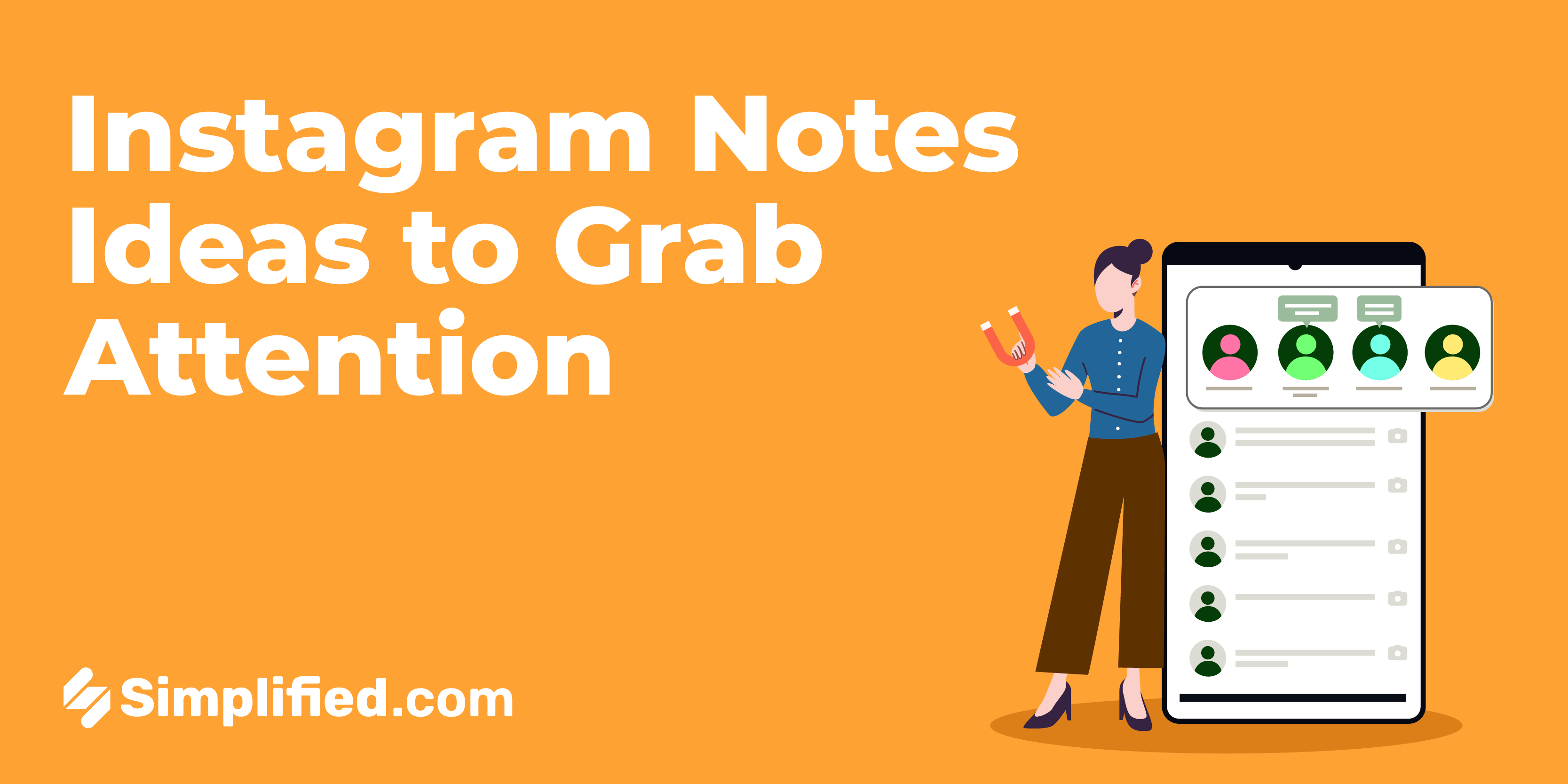What do you mean by Real Time Marketing?
Real-time marketing, also known as "RTM," involves instantly engaging with customers based on breaking news and information. It revolves around maintaining a consistent relationship with your audience by leveraging cutting-edge data.
In today's demanding landscape, waiting 24 hours for updates is no longer acceptable. Instant communication channels like SMS, instant messaging, and social media have fueled the rise of real-time marketing.
How Real-Time Marketing Works
Real-time marketing thrives on up-to-date information. It may involve adapting your marketing strategies based on changes in your own data or shifts in audience behavior. Alternatively, RTM can include leveraging social media to comment on news stories and respond to customer inquiries.
In the past, real-time marketing presented challenges. Marketers often learned about updates or events too late to provide an immediate response. However, with the advent of social media, social listening tools, and automation, the marketing landscape has been revolutionized.
Real-Time Marketing and Customer Analytics
Early real-time marketing efforts were fraught with risks. Seizing moments as they occurred without proper context often led to advertising blunders. Fortunately, social media monitoring, customer analytics, and other insightful tools have mitigated these issues.
With ample data to create buyer personas and social guidelines, companies can now manage real-time marketing more effectively. Targeting and segmentation ensure that the right sentiments and messages reach the appropriate audience. Real-time marketing becomes timely and relevant for each customer. However, the following tools are crucial for success:
- Social listening tools
- Social automation platforms
- Customer analytics tools
How Marketers Utilize Real-Time Marketing
Despite its instantaneous nature, real-time marketing requires a well-thought-out plan. To achieve success, companies should consider the four key components of RTM:
- The Trigger: What information prompts the opportunity for real-time marketing? This could include stock updates, weather forecasts, national celebrations, breaking news, or social media trends.
- The Audience: Which groups or customers will be engaged through RTM? This could be customers in specific locations, clients interested in a particular niche, customers searching for a specific keyword, or individuals waiting for products to become available.
- The Method: How will you communicate in real time? This could involve leveraging social media, SMS, email, or instant messaging.
- The Outcome: What do you aim to achieve with your real-time marketing efforts? This could include driving brand awareness, increasing customer engagement, or improving revenue.
The Benefits of Real-Time Marketing
Real-time marketing provides an answer to the modern marketer's challenge of engaging with constantly-connected customers.
Today's marketing landscape is increasingly complex, with messages needing to stand out amidst fierce competition and make a lasting impact. Real-time marketing offers companies an opportunity to share their message in a specific context. It ensures that your brand remains fresh, relevant, and aligned with the needs of your audience. When used effectively, real-time marketing:
- Expands opportunities to interact with and engage customers
- Enables companies to establish credibility as thought leaders
- Facilitates highly targeted and relevant marketing campaigns
.webp)













